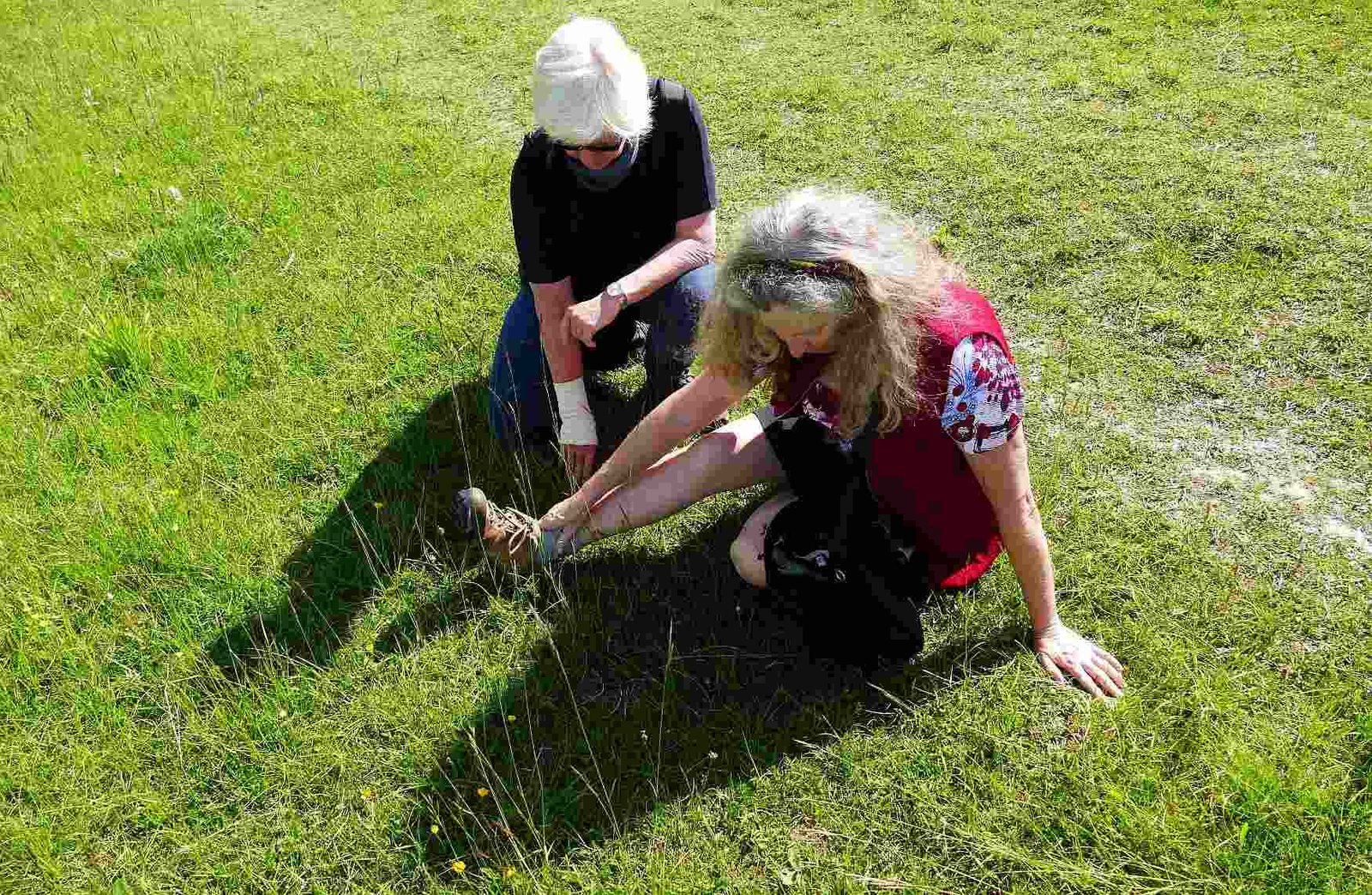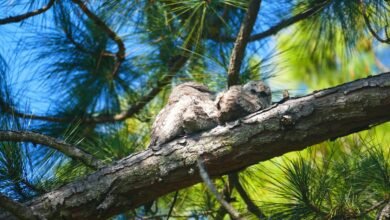The Lie of the Land
1. A Picnic

Williamson’s painting reminds me of a childhood pleasure, reading Enid Blyton. The Secret Seven enjoyed gentle adventures with lashings of ginger ale – long before video games, tablets and mobile phones.
‘Picnic’ was painted when the world was tumbling into war. Dachau concentration camp had been operating for six years. It was also when the writing on the wall for biodiversity was beginning to be scrawled. Yet, my early milieu was one of facile optimism. A war had been won, progress lay full-steam ahead with electricity, black and white television and motor cars. Since when the natural environment has suffered. Farmland birds have declined by half, and skylarks and lapwings by more than two-thirds.
‘Through a playful and provocative display, The Lie of the Land charts how British landscape was radically transformed by changes in free time and leisure.’ The Lie of the Land, Press Release.
2. Green fields (a day later
Of course, what radically changed the British landscape was the Enclosures and subsequent industrialisation of agriculture. The show, ‘Lie of the Land’ covered many aspects of our interaction with the countryside in interesting ways, but neglected the catastrophe. The changes we have been busy generating, tearing up the hedgerows, concreting over agricultural lands, slowly suffocating and poisoning living soils result in an appalling loss of wildlife both minute and large.

Don’t be fooled. It looks a vibrant yet relaxing green, but it’s a desert, pathetic ecologically. Walking through this vast field, I saw not one bee, one butterfly, one fly, not one beetle. Hay meadows awakening vibrant colours have almost completely vanished (98% since the Second World War).

‘The fields may still look green in spring, but it is mostly lifeless scenery, apart from the pesticide-saturated crops: it is green concrete.’ Michael McCarthy
The ground is unnatural
greyed and cracked,
a parchment of chemicals.
Do you worry about worms? Someone should.
3. The Lie of the Land, Pulpit Hill, the Chilterns (a few days later with Margot

We cross the Ridgeway spine connecting marvels,
creations of the Neolithic, pass through the border, up
and over ditches partly buried by two thousand years.

Beeches inside the hillfort are sculptural notes, growth
makes intricate decisions in chinks of dogwalkers and cattle,
a buzzard tickles attention then is lost in the leaves.

The old bull is wondering why I am talking his photograph
and stealing his soul. A badger’s entrance is disused.
From this Chiltern spur cleared of trees and scrub
in the Bronze Age the view’s wide open. Coombe Hill
sides the Vale of Aylesbury exhibiting a Claudean glaze.

Skylark music trickles from above, which was once a flood.
This is where Margot rolled down tripping the firmament,
one of those picnics you never forget which she has painted.

A Red Kite rolls delicately a couple of metres overhead, wearing
air, inhabiting its existence, sifting meaning to the hunt.
Thirty years ago five of the birds were flown here, a scavenger
protected by royal decree had become vermin hunted to extinction.
Another spirals in, banks over an army of Jackdaws and horses
corralled in thin white regimented tape marking lush conditions.
We are enjoying the hospitality of the first day of summer
but spot just a couple of bees, three butterflies (two white
and one Clouded Yellow). It’s too early for Chalkhill Blues
but no sign of Adonis Blues among the lack of wildflowers.
Do we know what our eyes are seeing?

The ditches were once primed with stakes, violence waits.
Wyn was telling Margot her first time on a horse, on safari.
A herd of White Rhino charged triggering our horses,
Wyn mimed trying to hang on desperately, arms whirling
slipped on a rabbit excavation and fell off the world.
The sprain was not serious, like one of Blyton’s adventures.
We all want happy endings, but we are not getting them
in this world we share together, every we, every life.
Notes:
Michael McCarthy, ‘Britain has lost half its wildlife. Now’s the time to shout about it’, The Guardian, 26.3.2018.
‘The Lie of the Land highlights campaigns to democratise space, from the 17th century egalitarian Levellers to the 1930s Ramblers. We look at how people use public space, and the communities that have been excluded . . .’ Press Release, The Lie of the Land, Milton Keynes Gallery, 16 March – 26 May, 2019. The communities that are now excluded also include the natural ones, the once vast assemblies of fauna, flora, insects and microbes.



